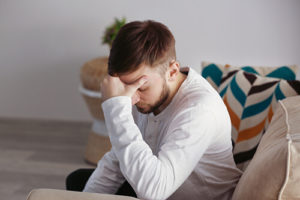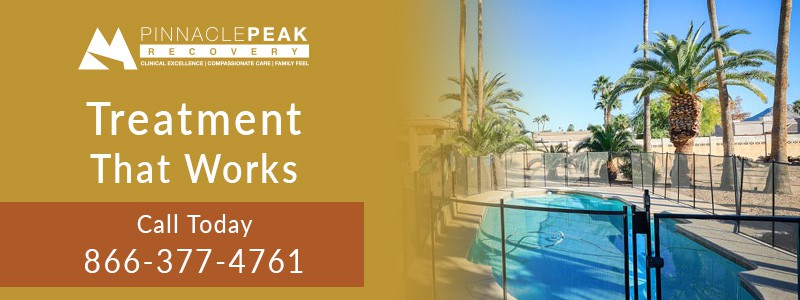PCP is a hallucinogenic drug. On the street, you may find the drug under the name angel dust. In medicine, it carries the moniker phencyclidine and is an outdated anesthetic. When you’re ready to quit using, what PCP withdrawal symptoms you can expect and how do you recover?

What is PCP and what do Withdrawal Symptoms Feel Like?
PCP creates hallucinations. Users enter a trance-like state, which is due to its sedative properties. You feel weak and seem to be outside of your body. Auditory and visual delusions are often also a part of the experience.
Like many other drugs, the substance causes your body to build up a tolerance quickly. Therefore, you’ll need to take more to get the same effects. But the increased influx of the chemicals creates a more pronounced need to keep them coming. PCP withdrawal is the result of stopping or dramatically reducing use of this drug.
Typical symptoms include confusion and memory loss. You may feel depressed and possibly befuddled. You can also feel anxious as though you should be doing something, but you don’t know what it is. Because the drug affects your ability to speak as well as your heart, detox at a facility is your safest option.
After PCP Withdrawal at a Detox Facility
By undergoing PCP withdrawal in a medical facility, you have the opportunity to avoid common health problems. However, this is only the first step to recovery. Detox breaks the physiological dependence on the substance. Rehab is the second phase, which undoes the psychological addiction.
To do so, therapists use a variety of modalities. Examples include:
- Dual diagnosis assessment and treatment, which helps you to deal with depression, anxiety, or other mental health disorders
- Gender-specific rehab that helps you to overcome reasons for using that may have a base in your identity
- Cognitive behavioral therapy that makes it possible to examine negative patterns of behaviors, feelings, and thoughts
- Dialectical behavior therapy which supports your decision to accept conditions you can’t change
- Talk therapy in one-on-one, as well as group settings, that’s vital for the formation of relapse prevention strategies
Transitioning to Return Home
These substance use programs get you ready to return home. But for many, doing so means returning to peer groups that use. The dealers who sold you PCP in the first place are also still around. Relapse prevention is a fundamental element in your ability to stay sober and not return to using.
Transitional and sober living can be the buffer you need to achieve your goal. As you leave the relative safety of the facility, you move in with roommates in recovery. You help each other stay accountable. Now is also a good time to see where there might be areas where you could benefit from additional therapy.
Many in this situation decide to join a 12 Step program that provides the safety of consistency. Meetings, sponsors, and the common goal of staying drug-free help these groups to keep members from using. Others decide to sign up for weekly counseling appointments to get additional treatment for a co-occurring mental health condition. For these folks, rehab is typically the first time they learn of the behavioral disorder.
Getting Over a PCP Addiction Today
PCP is a dangerous drug. Experts link its use to body image problems, suicidal thoughts, coma, and self-harm. The drug also takes its toll on your body and can lead to death. Don’t continue on this self-destructive road and get yourself into our PCP addiction rehabilitation program today.
With the help of experts in addiction recovery, you can quit today. The friendly therapists at Pinnacle Peak Recovery want to help. Reach out for assistance today by dialing 866-377-4761.

